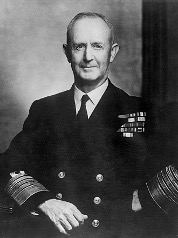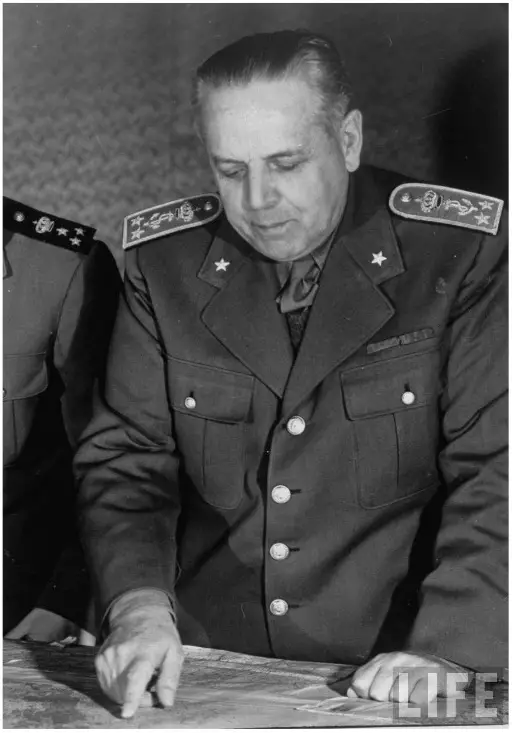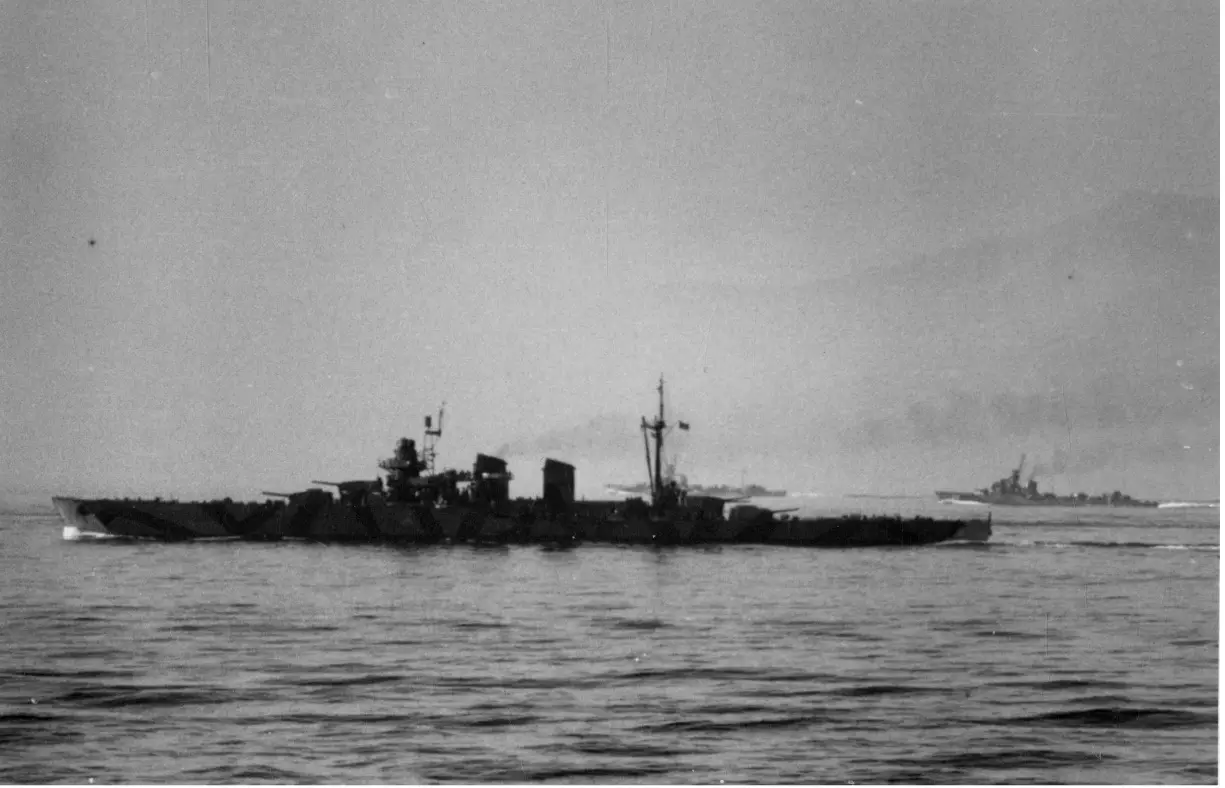Cunningham meets Da Zara
Right after the arrival of the bulk of the Italian fleet in Malta, the acting Italian commander, Admiral Alberto Da Zara, met with Admiral Andrew Browne Cunningham on the 11th of September. The two had a pleasant conversation, which was the very first discussion between Italian and Allied naval officers regarding the treatment and the future of the Regia Marina units. Here is the initial part of the conversation, reported in Da Zara’s memoirs, which I believe is very important to describe the situation.
ABC: Do you know the terms of the armistice?
ADZ: No, I know only one thing: that I will not lower the flag or hand over the ships
ABC: This is absolutely not the case, I will actually tell you that I have decided to withdraw our armed pickets from your ships. They will definitely land tonight at sunset.
Da Zara then wrote that as the discussion went on, his anxiety and worries about his fleet progressively decreased. They discussed the future movements of the italian ships, since they could not have stationed all together in Malta for a long period.
On the 13th of September, Cunningham openly asked Da Zara if the Regia Marina was willing to contribute to the allied cause. There was an urgent need to transport ammunitions in Corsica, where Italian troops, French partisans, and later Free French forces, were still fighting against the Germans. Thus, on that same day, the destroyers Legionario and Oriani departed for this very first mission.
Cunningham meets De Courten
The cooperation of the Italian navy units was clearly seen as an important factor by the Allies. To secure that, Admiral Cunningham sailed to Taranto to meet with Admiral De Courten, the two met with their respective staff on the 23rd of September. In his memoirs, Cunningham wrote:
“My main object was to get the Italian mercantile marine, or what remained of it, working in the Allied cause as soon as possible. I also wished to arrange for the smaller vessels of the Italian fleet, destroyers and so forth, to be used for escort work”

Admiral Cunningham

Admiral De Courten
The discussion was centred on a memorandum that would have substituted the armistice conditions related to the Regia Marina, also clearly deriving from the spirit of the Quebec declaration (Article 1 (e) of the agreement). For simplicity, here we will mention the most relevant parts of the agreement.
The Italian naval forces would have received superior orders from the Commander in chief of allied forces in the Mediterranean.
Italian battleships were going to be placed in reserve. At least 4 cruisers would have been used immediately in various duties while the rest were kept ready to become operational in a short time.
Regarding this point, Cunningham asked if there were any problems in deploying the cruisers in the Atlantic. De Courten replied that he had no objections but just some concerns about their autonomy. Cunningham interrupted him saying “Yes but the fight very well, we know something about it”.
Destroyers and torpedo boats were all to be used in escort or transport duties. De Courten reported that also regarding these ships, Cunningham expressed his appreciation.
Smaller units such as M.A.S. boats, minelayers, and auxiliary ships remained operational, while the submarines were going to be used in a second moment.
Article 4 was very important since it clearly stated that Italian ships continued to fly their national flag under Italian command.
The Italian merchant marine was to join the pool of the United Nations, in the same conditions as the other allied nations.
The agreement was sealed in the form of a Gentlemen’s agreement, then Admiral Cunningham left Taranto already in the early afternoon of that same day. In his memoir, he wrote:
“Admiral de Courton later proved himself to be a strictly honourable man who carried out all that he promised. Incidentally, he told me that the Italian captains who had been unable to get their ships away from Spezia and had scuttled them in the harbour had been summarily shot by the Germans.”
De Courten was very satisfied by the outcome of the meeting and so the co-belligerent activity of the Regia Marina would have entered its core phase.
The amendment
In November, De Courten received news that the Allies wanted to add a paragraph to the agreement sealed in September with Admiral Cunningham.
The new paragraph basically stated that the current agreement did not limit the right of the Allies to take “other dispositions” regarding the Italian ships. This new sentence sounded very obscure and caused the rage of Admiral De Courten who protested before Marshall Badoglio (Head of the Government).
He was later made aware that the addition of such paragraph to the naval agreement was the price to be paid for the removal of the references to the “unconditional surrender” from the armistice terms.
After some protests, De Courten ultimately accepted to sign the new version of the agreement and, in his memoirs, he wrote the following sentence about this episode:
“Yet another time, the Navy paid the price for the sake of a greater (Italian) good”
Sources
Fioravanzo, G. (1971). La Marina dall’8 settembre 1943 alla fine del conflitto. USMM.
Pasqualini, M. G. (2023). 8 Settembre 1943-25 aprile 1945 – La Resistenza dei Militari Italiani: un lungo percorso sino alla vittoria finale.
USMM, a cura di M. Gabriele (1993), Le memorie dell’Ammiraglio De Courten, 1943-1946
Da Zara, A. (2014). Pelle d’ammiraglio (Nuova edizione a cura di E. Cernuschi e A. Tirondola). USMM

